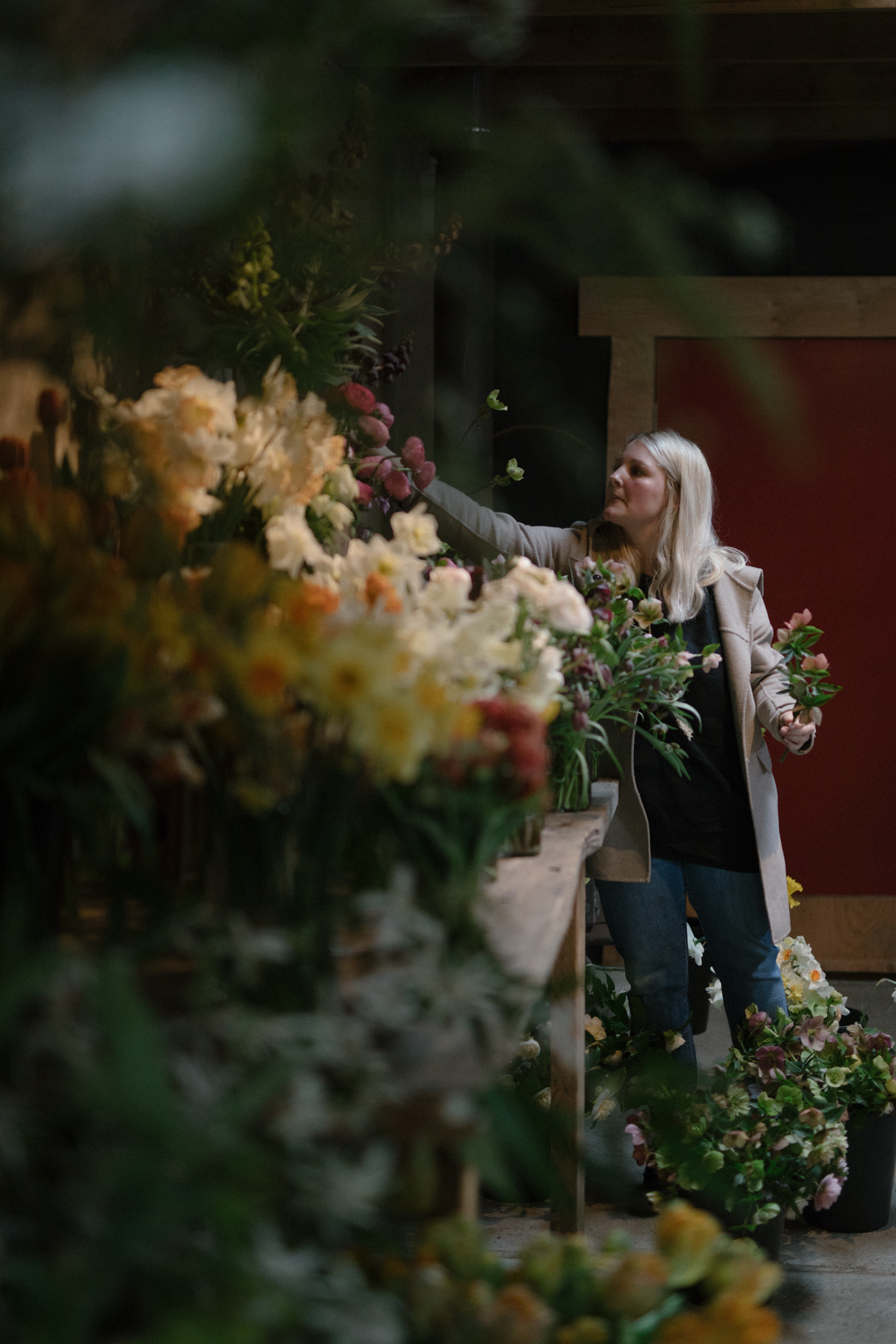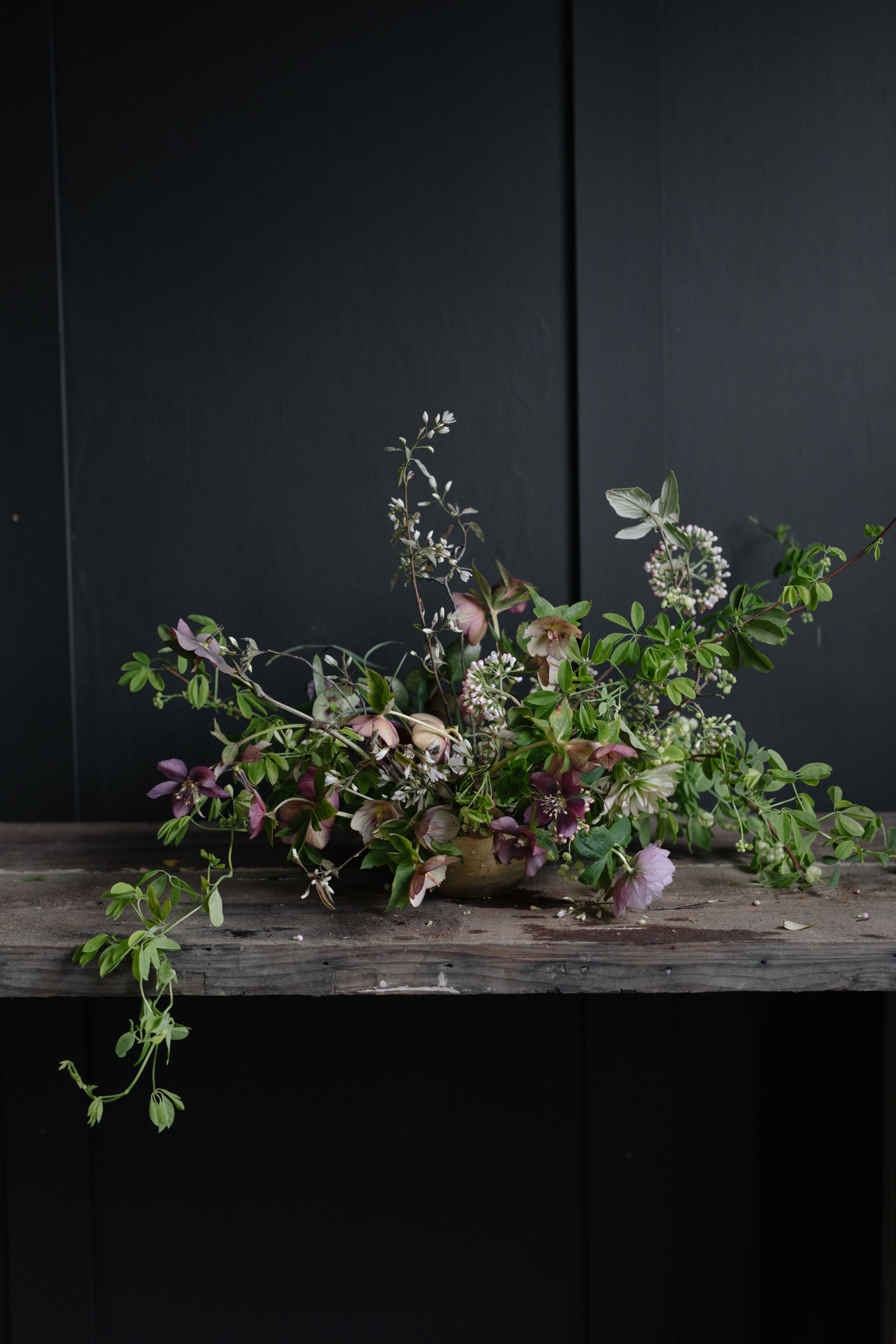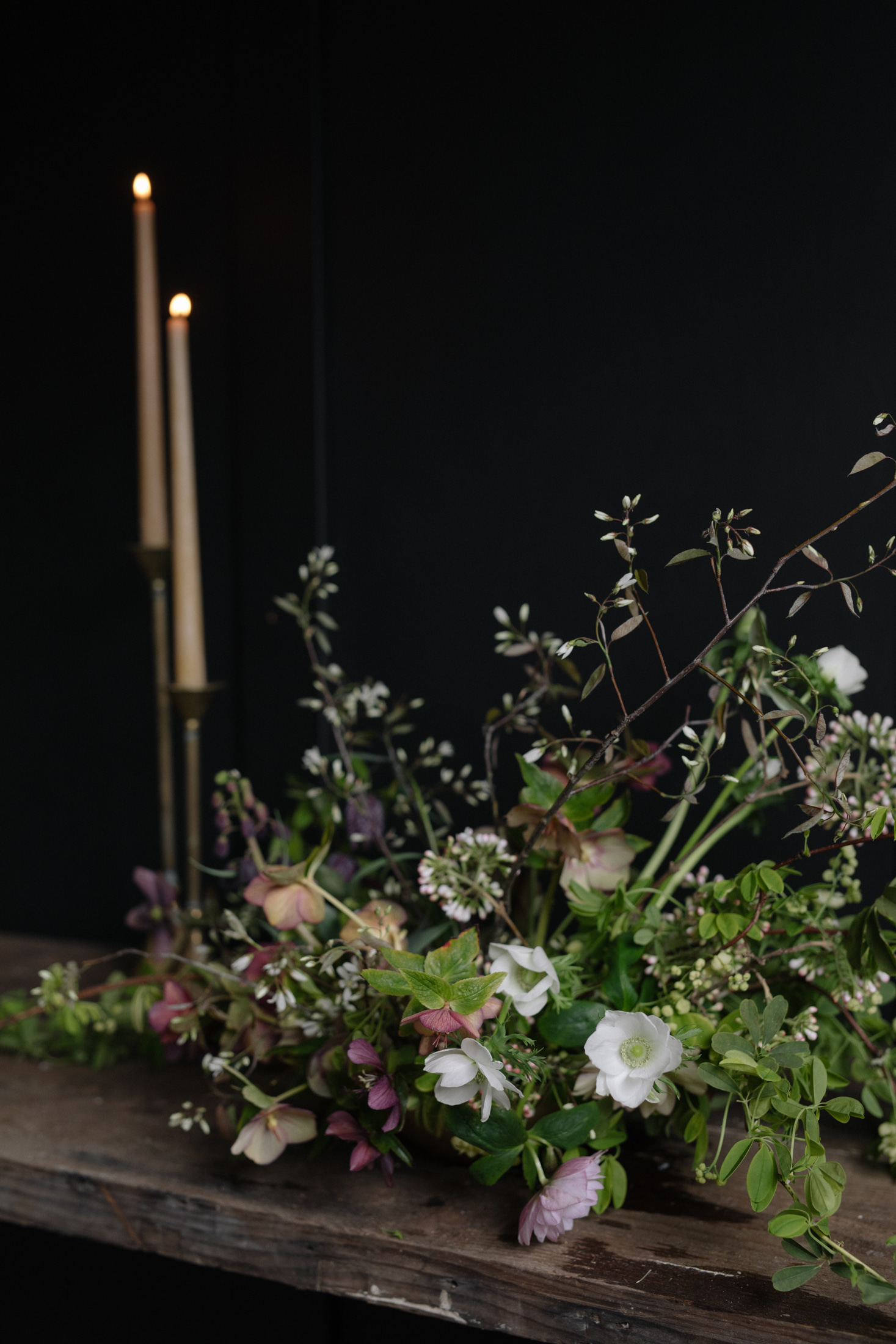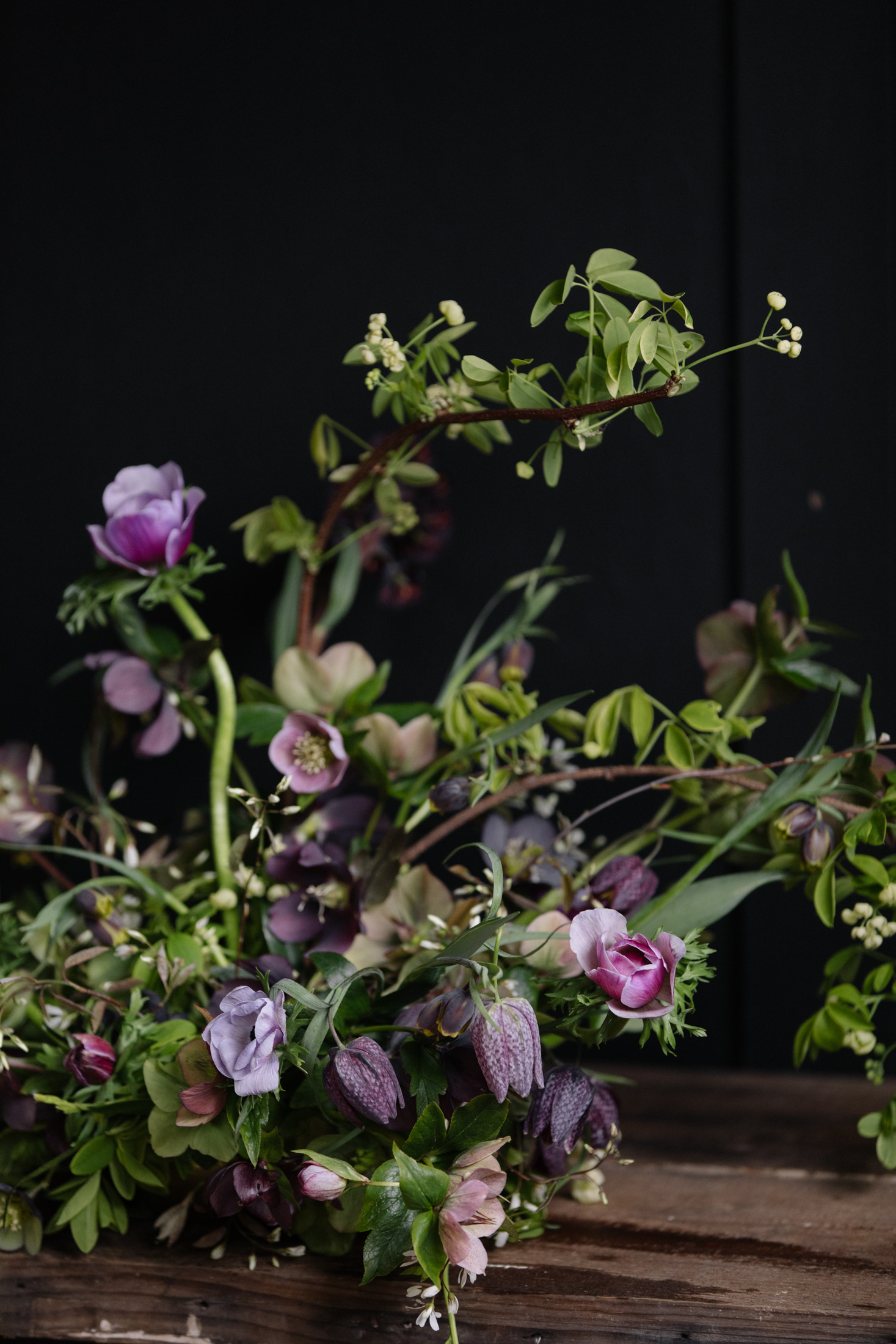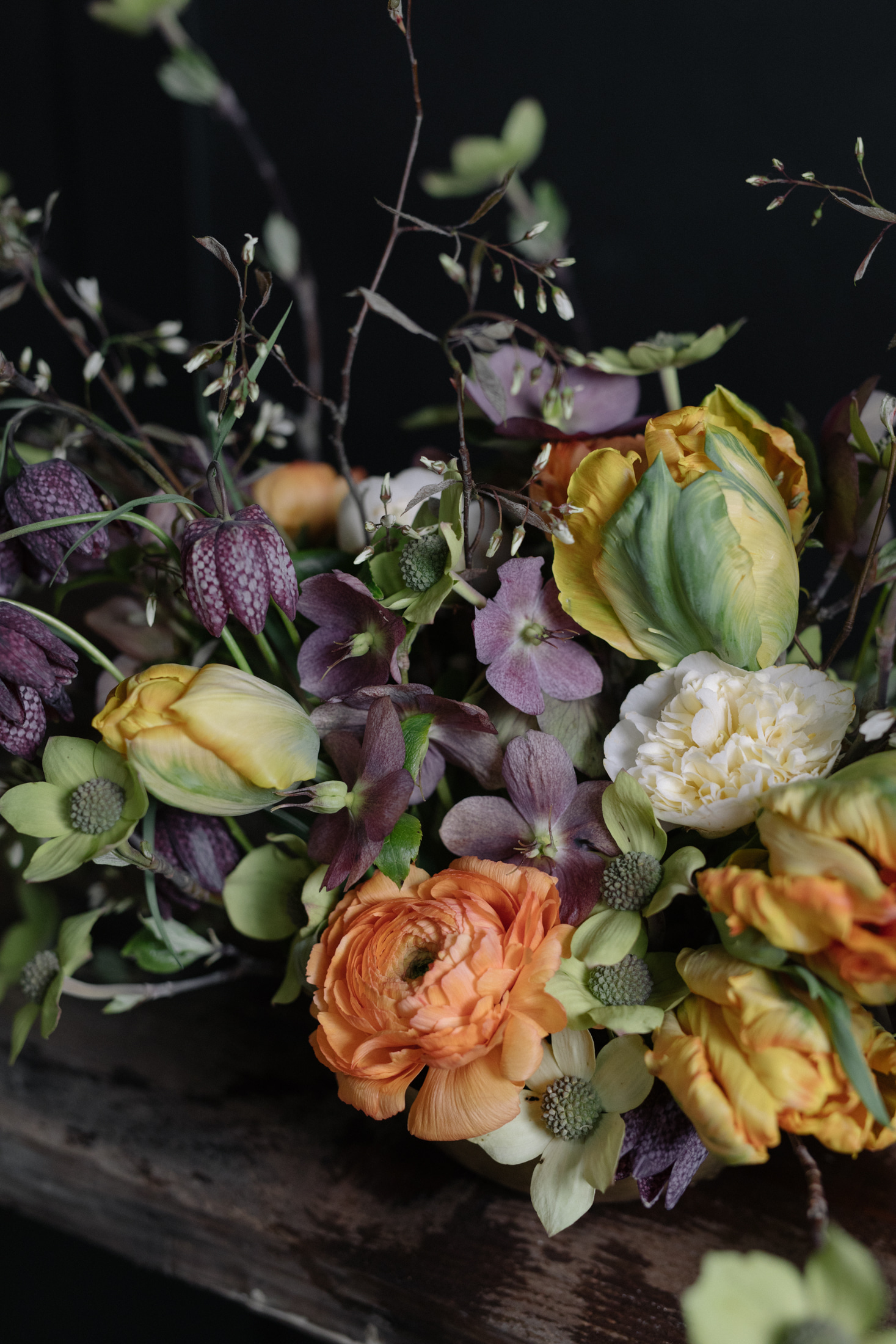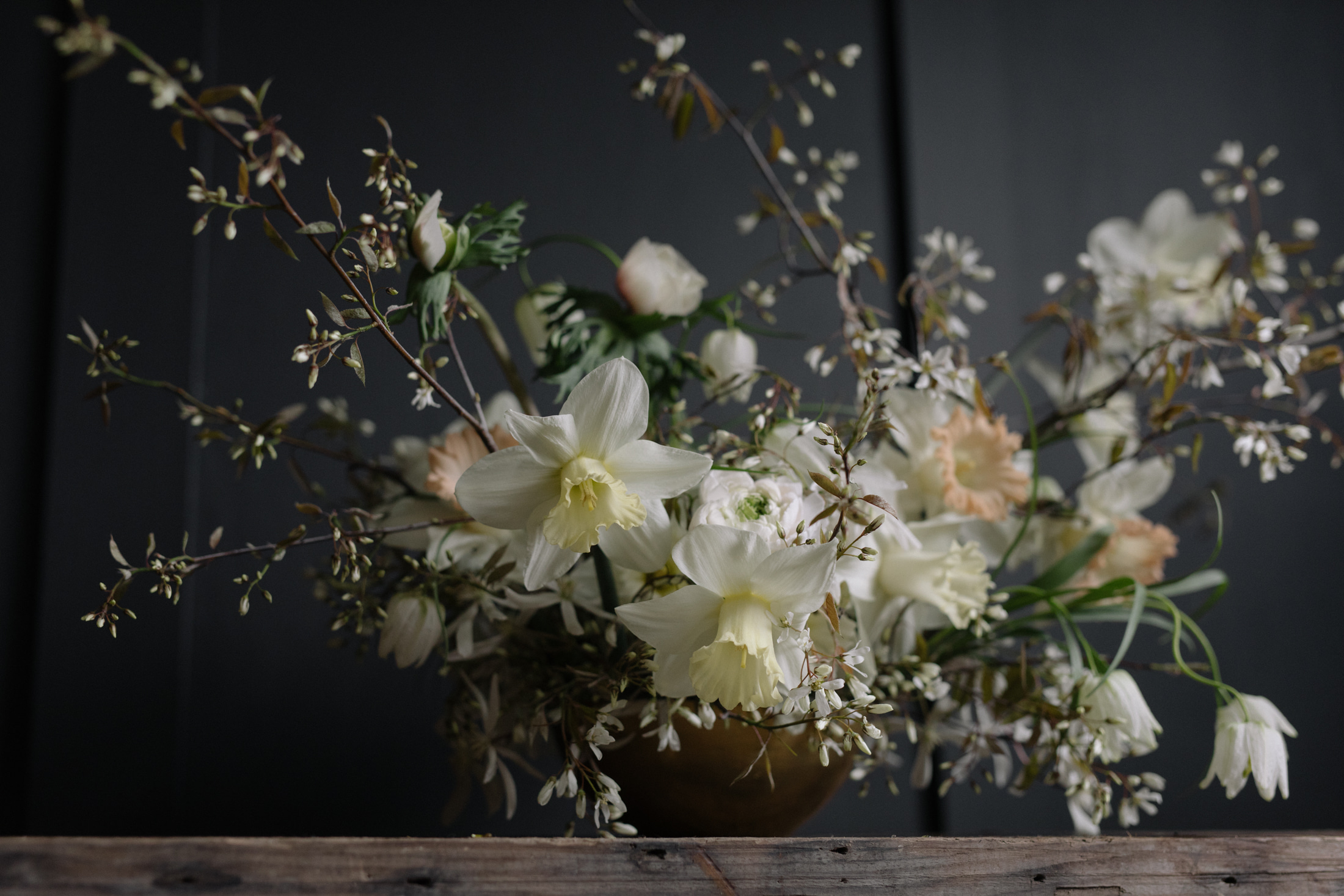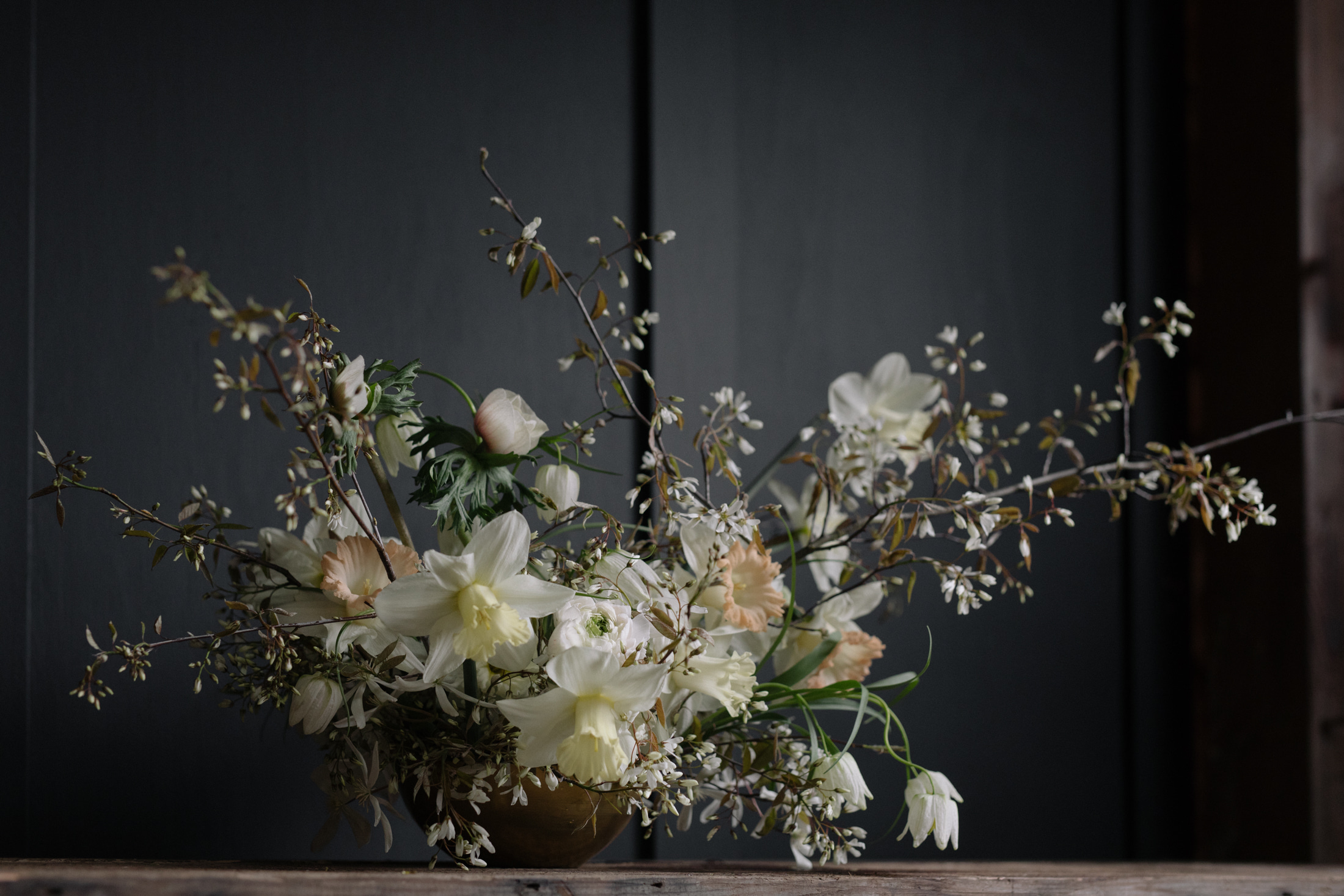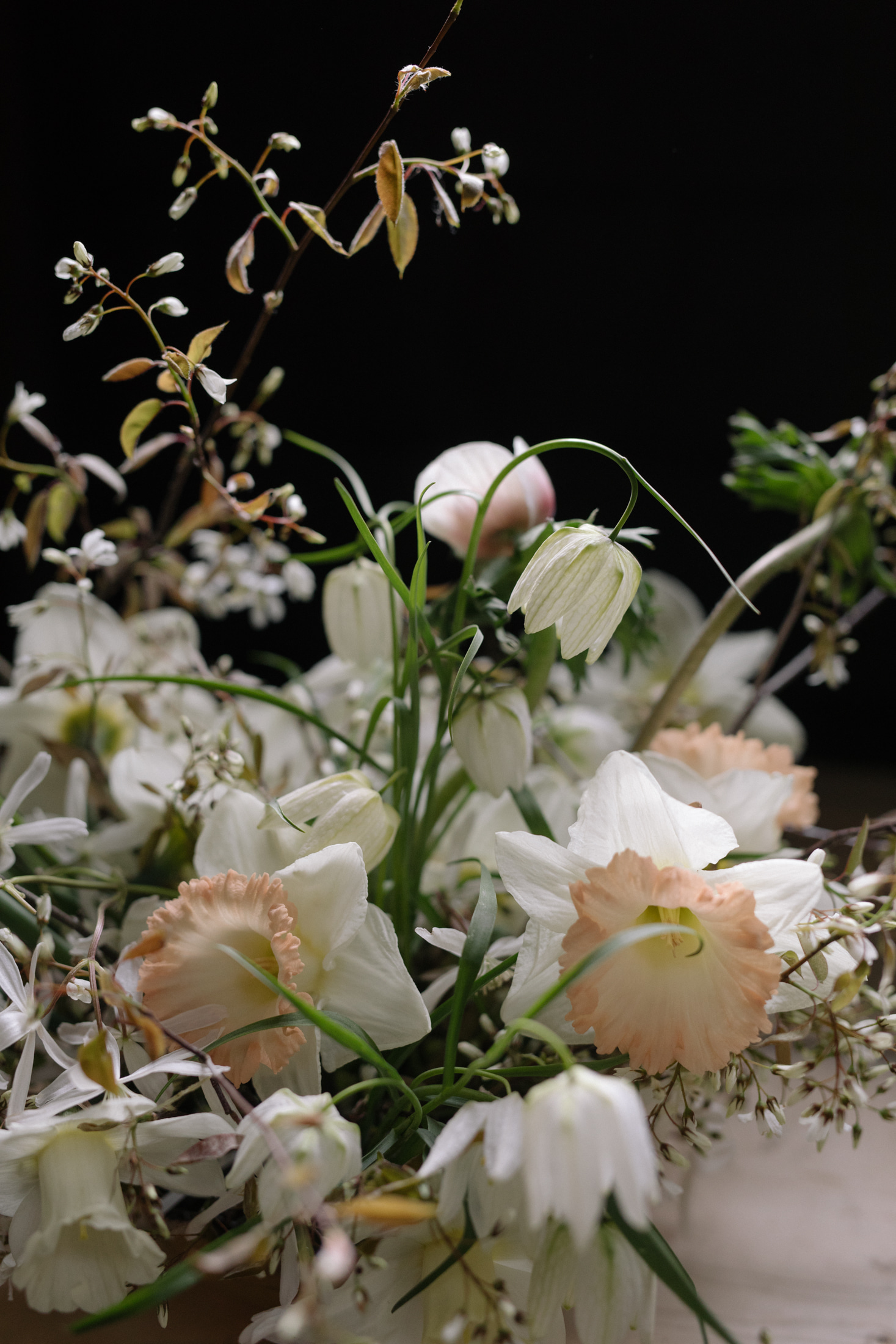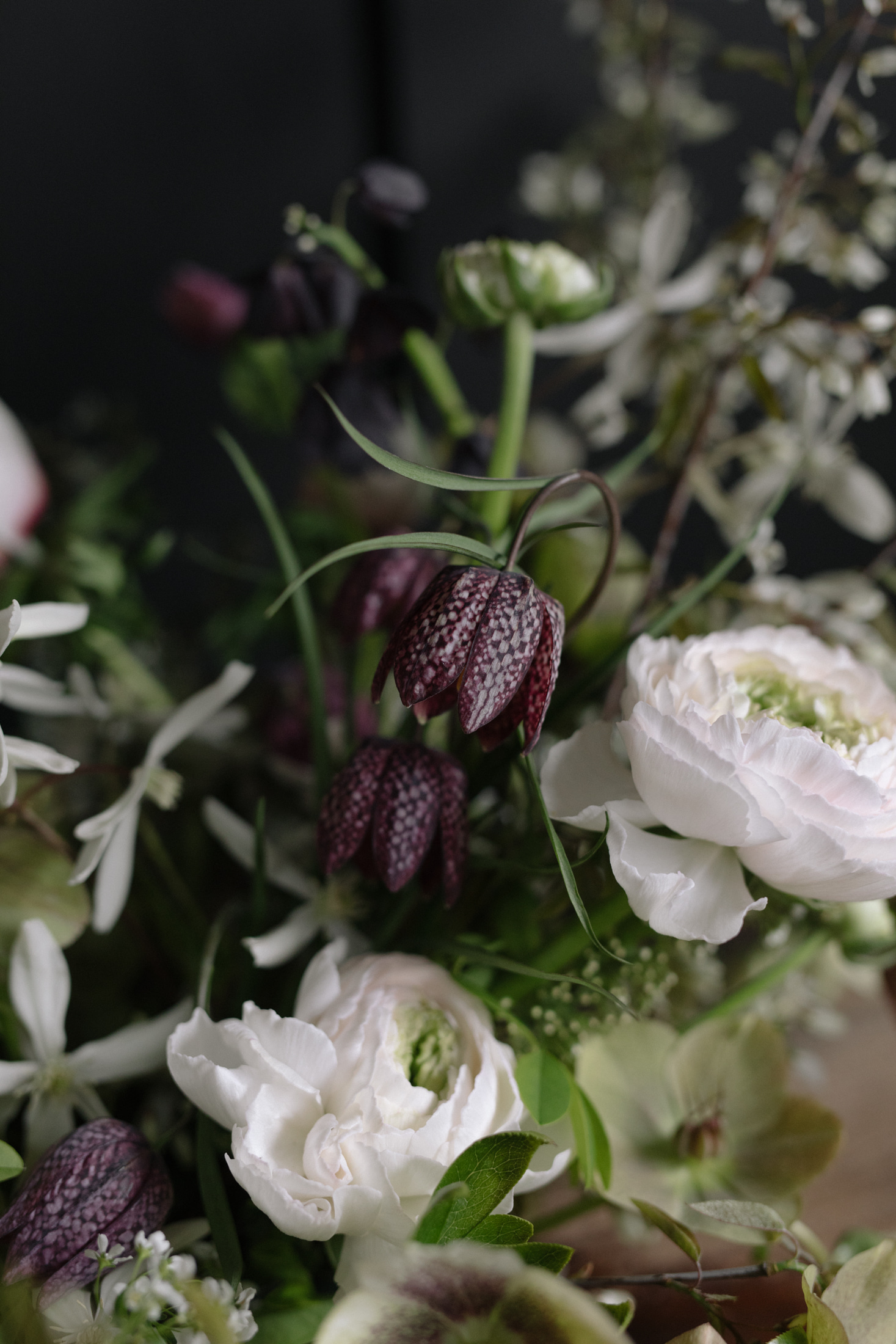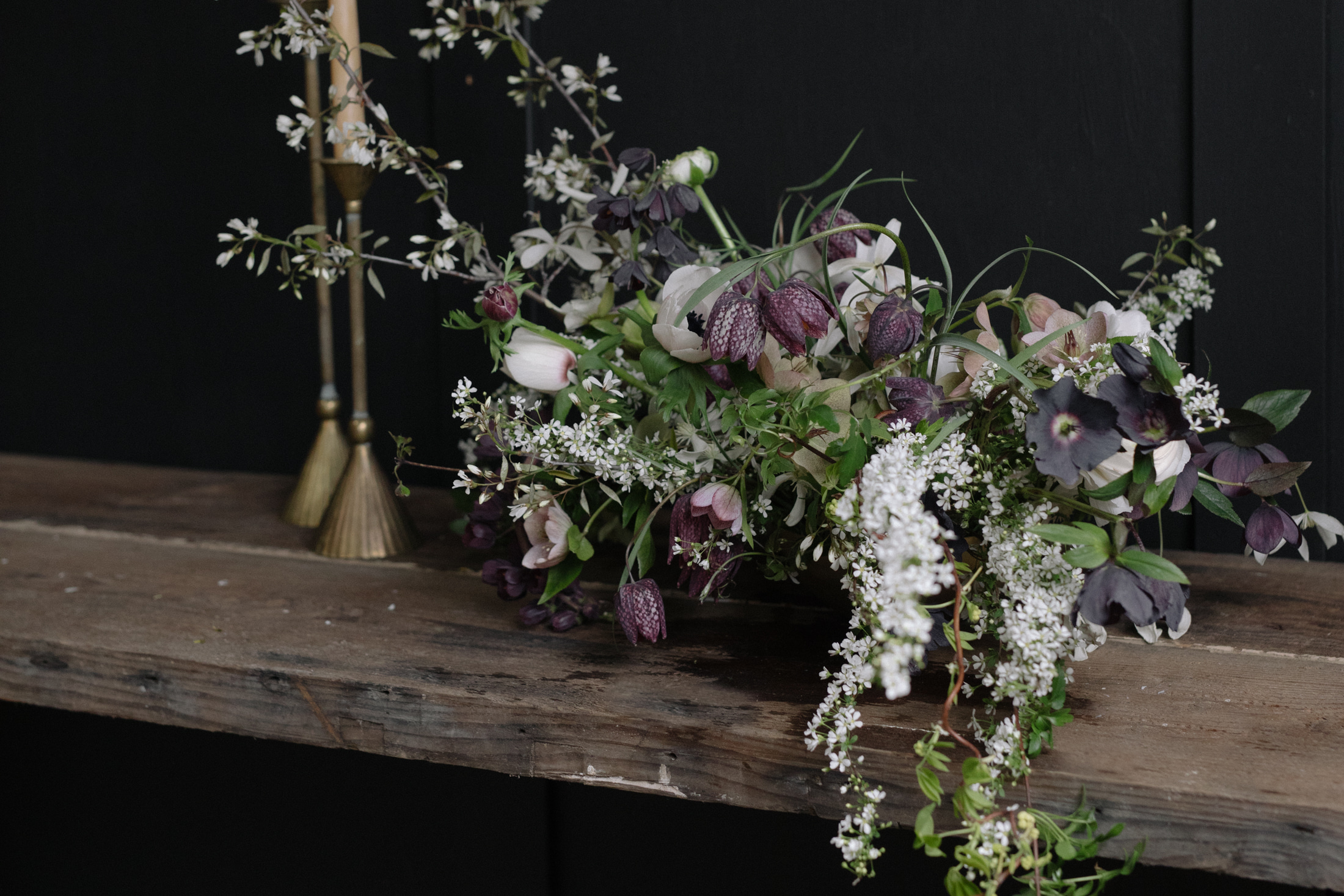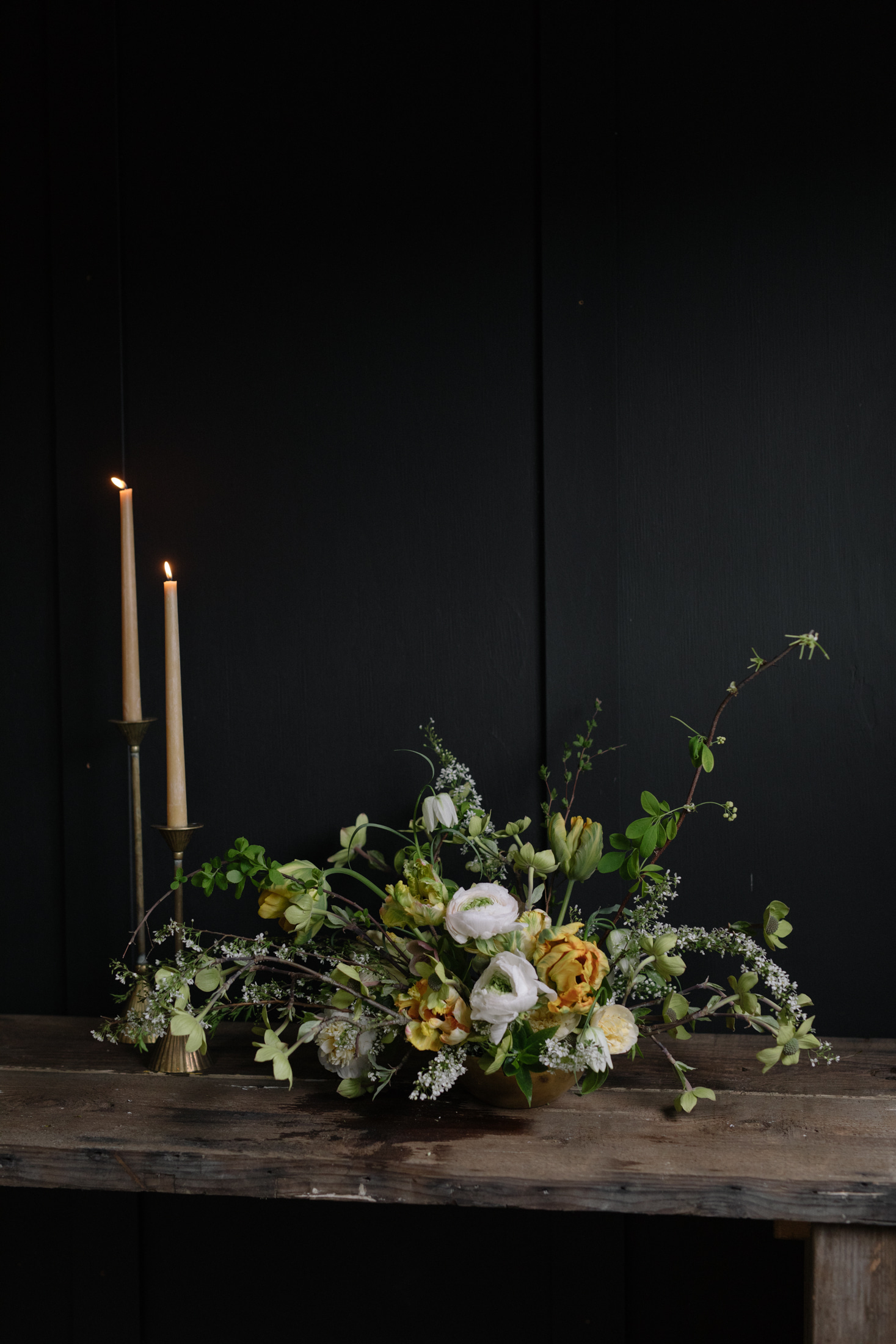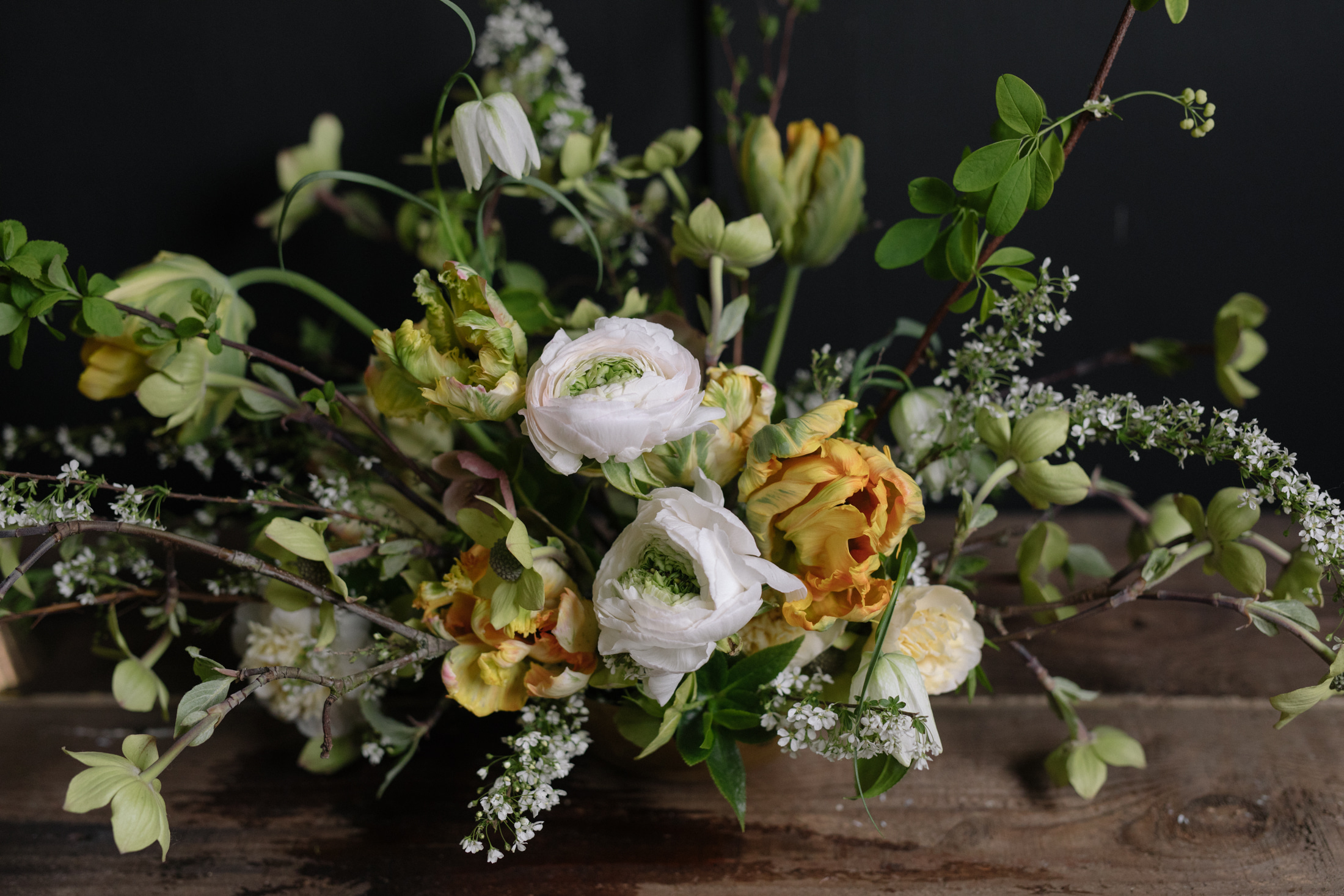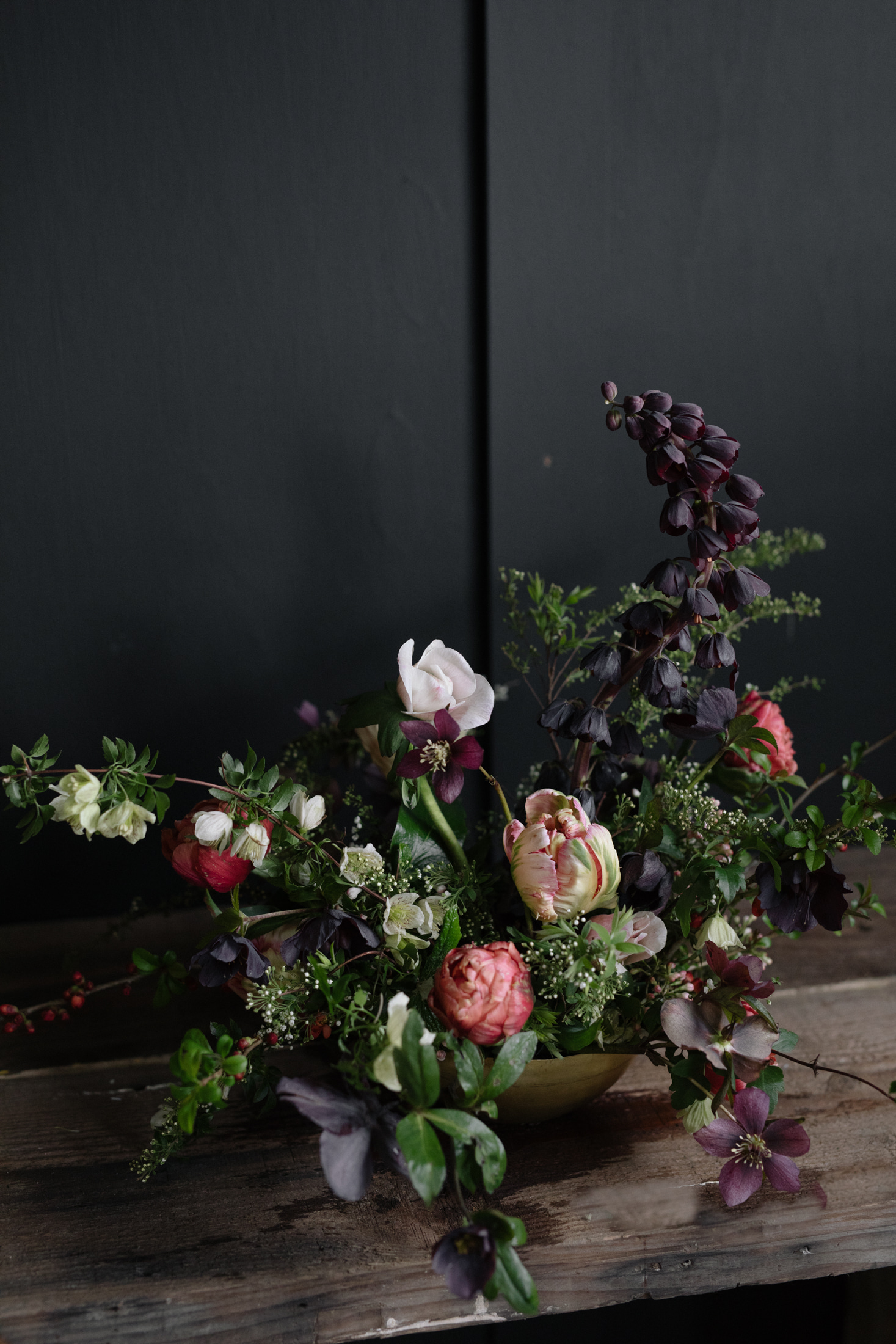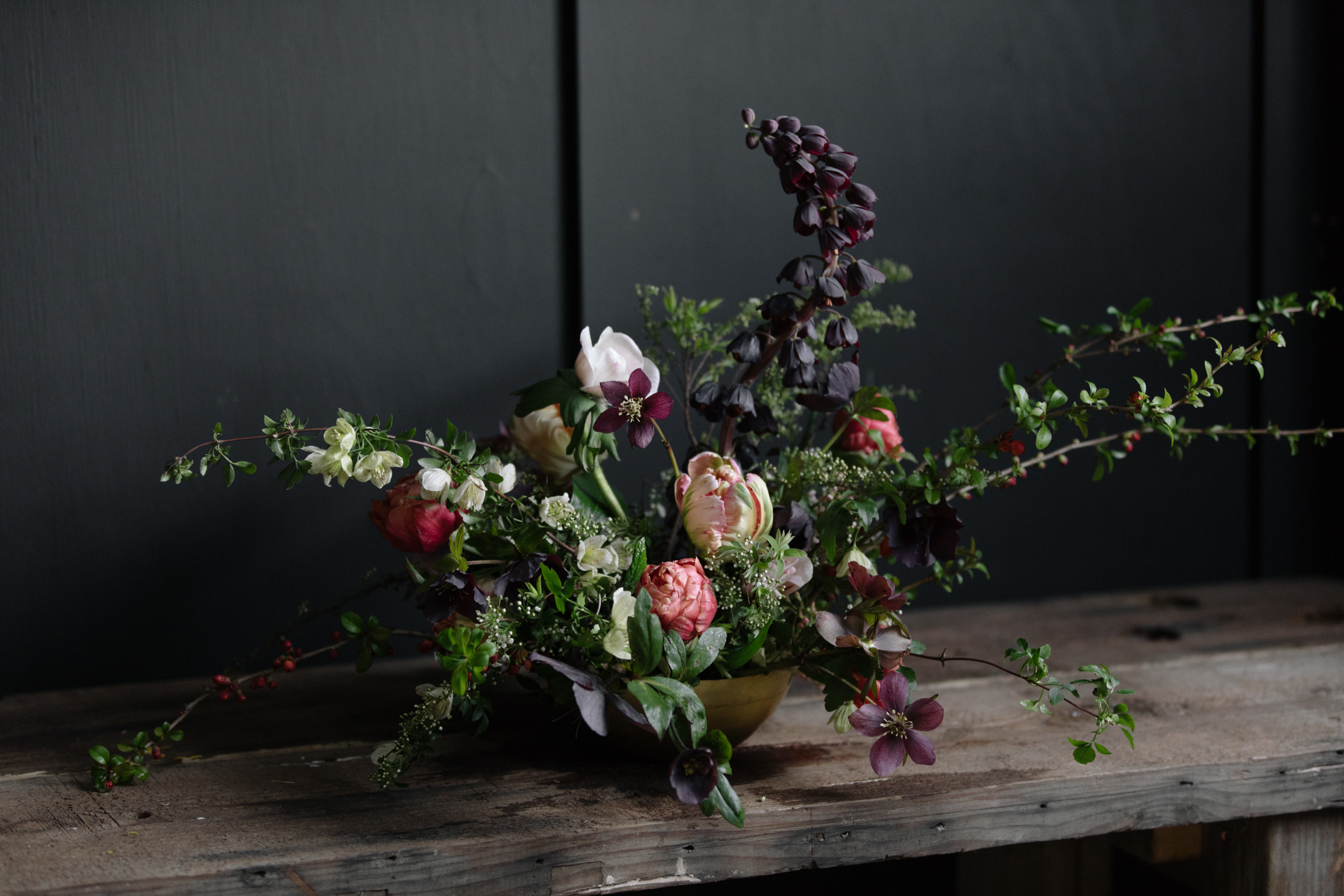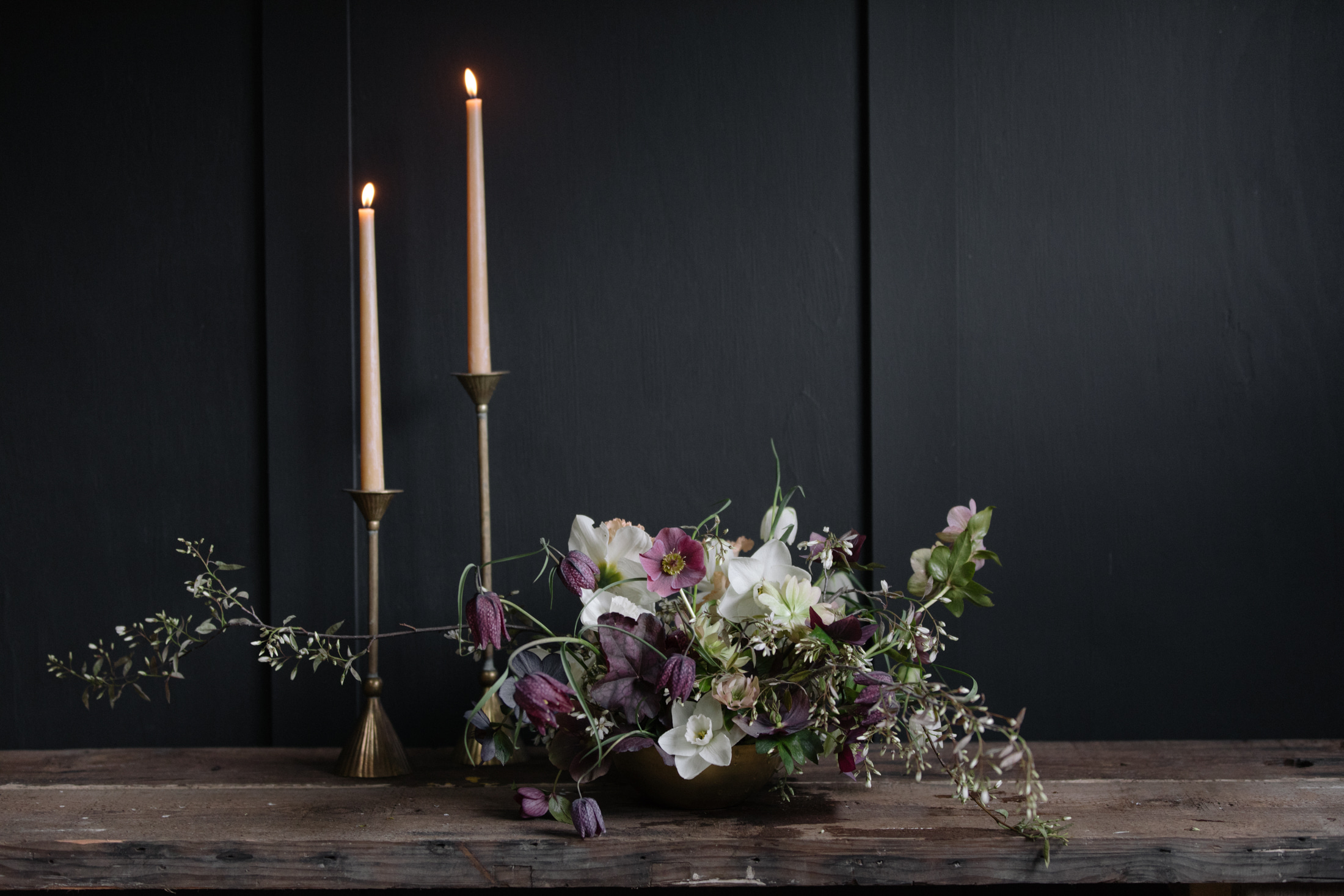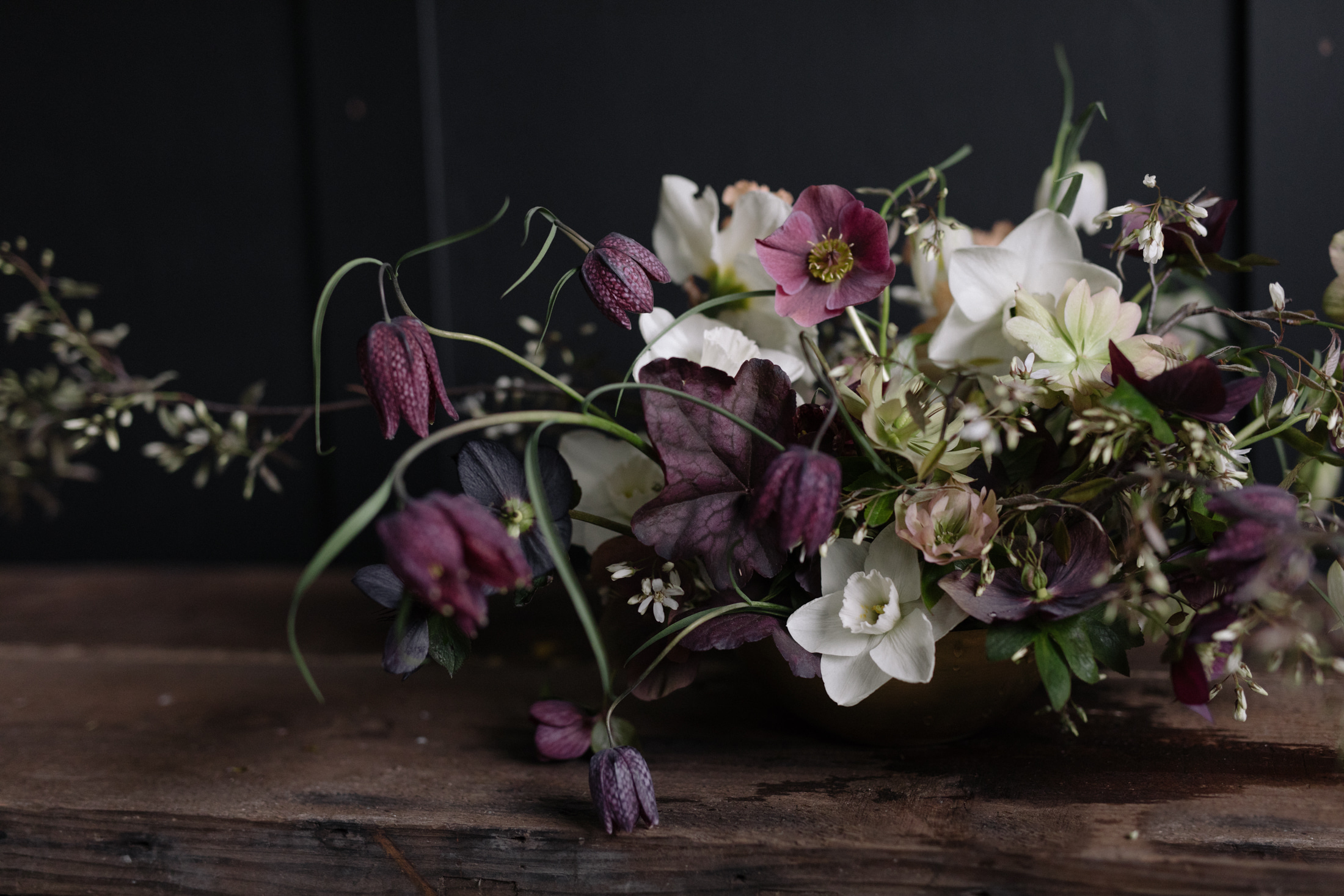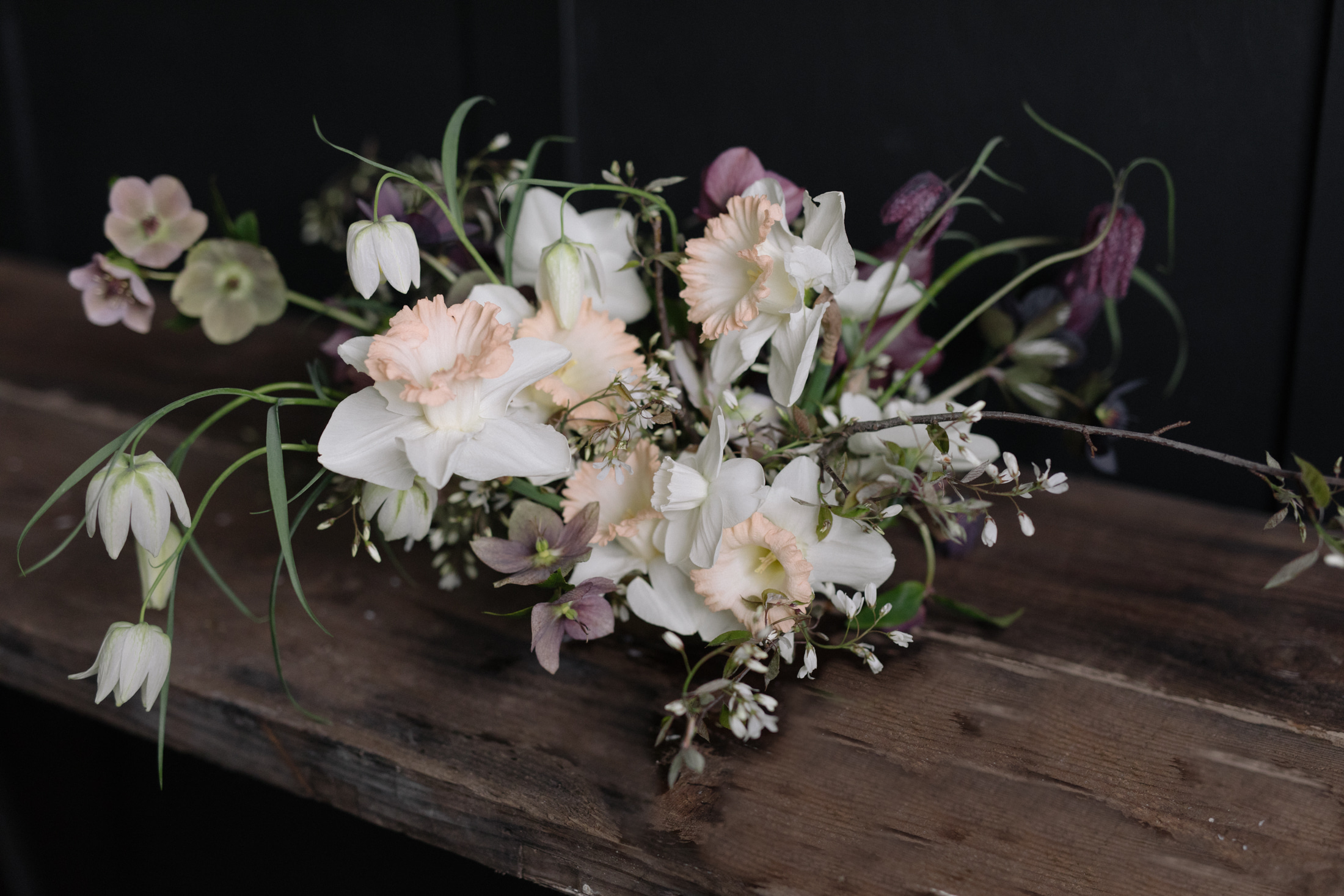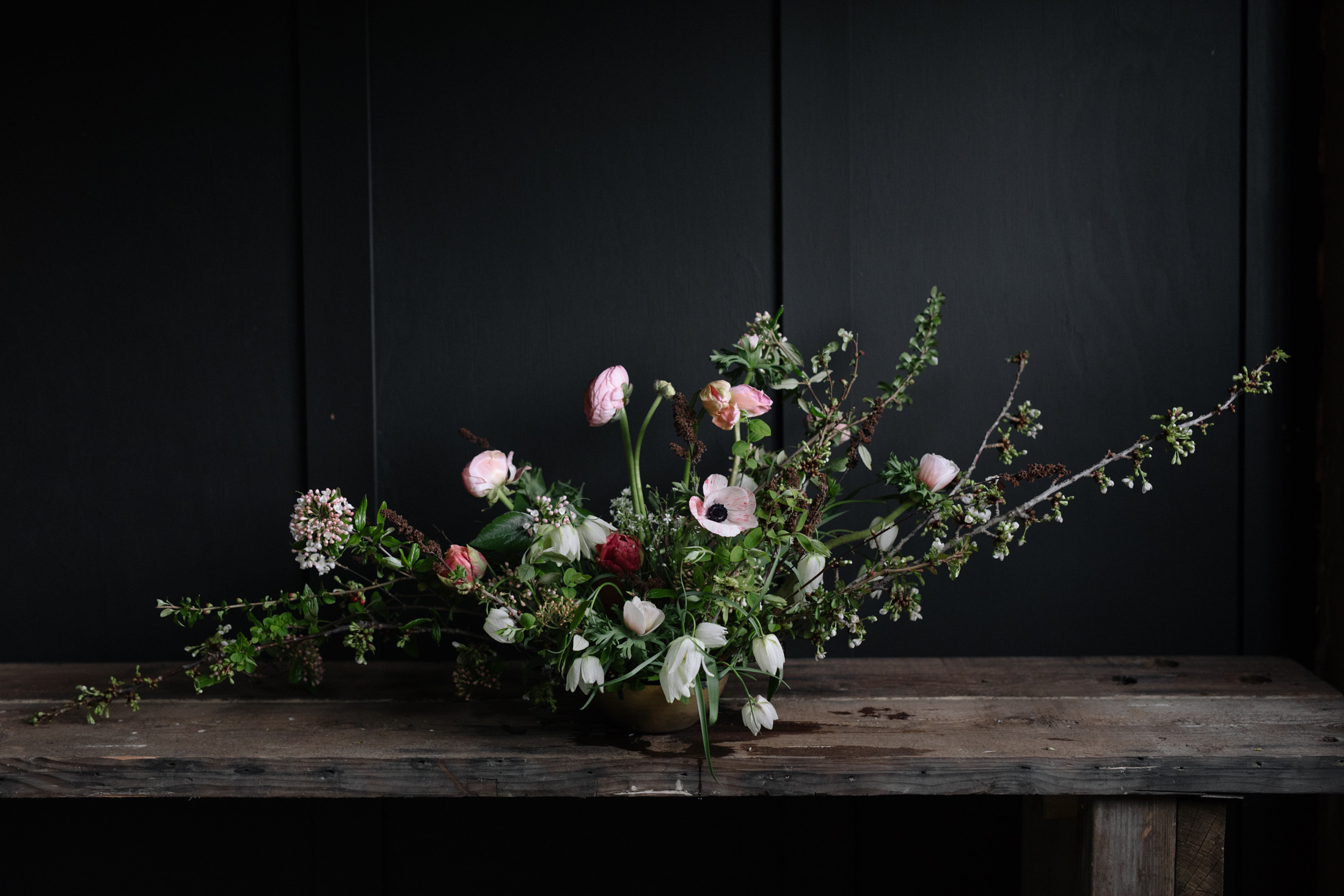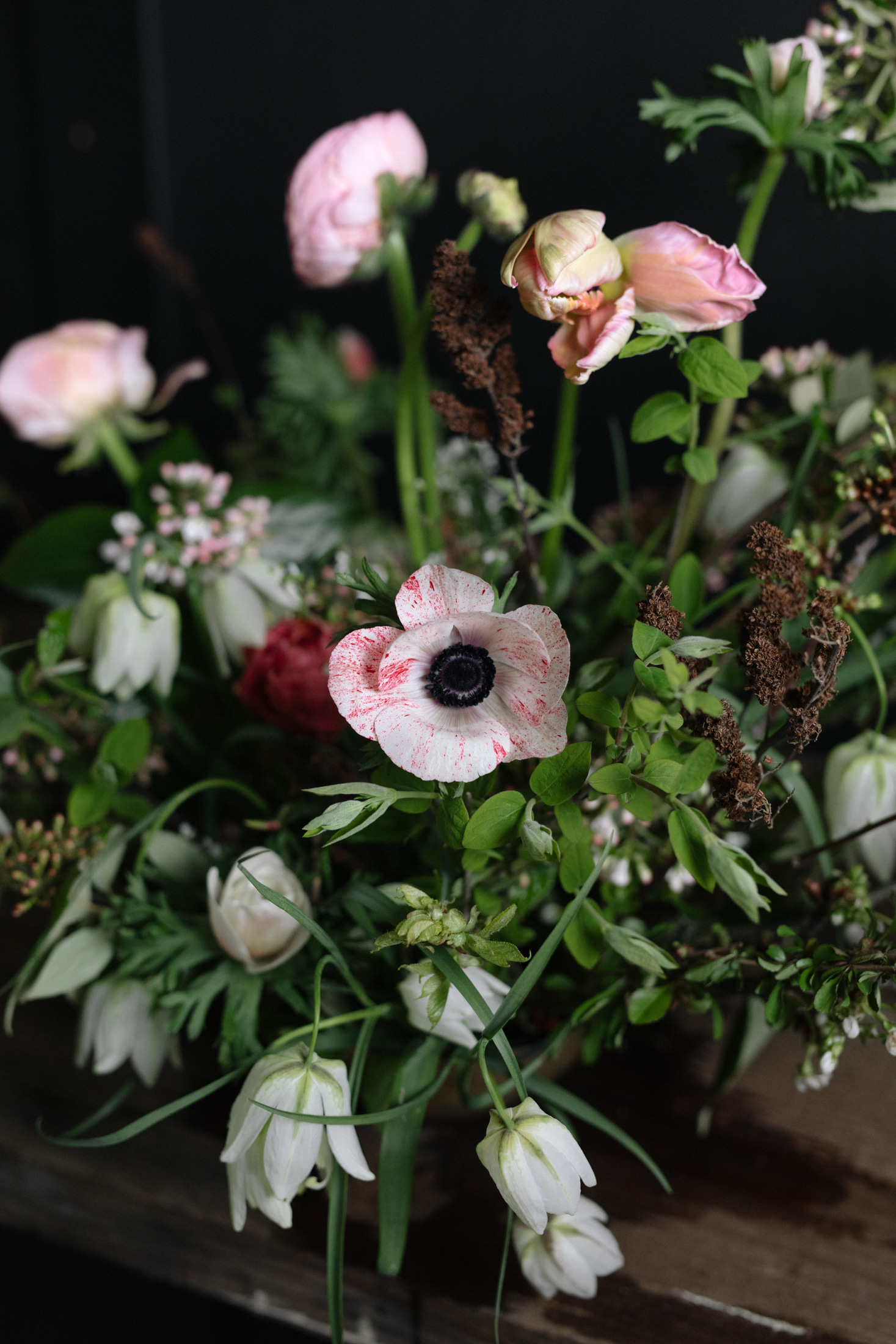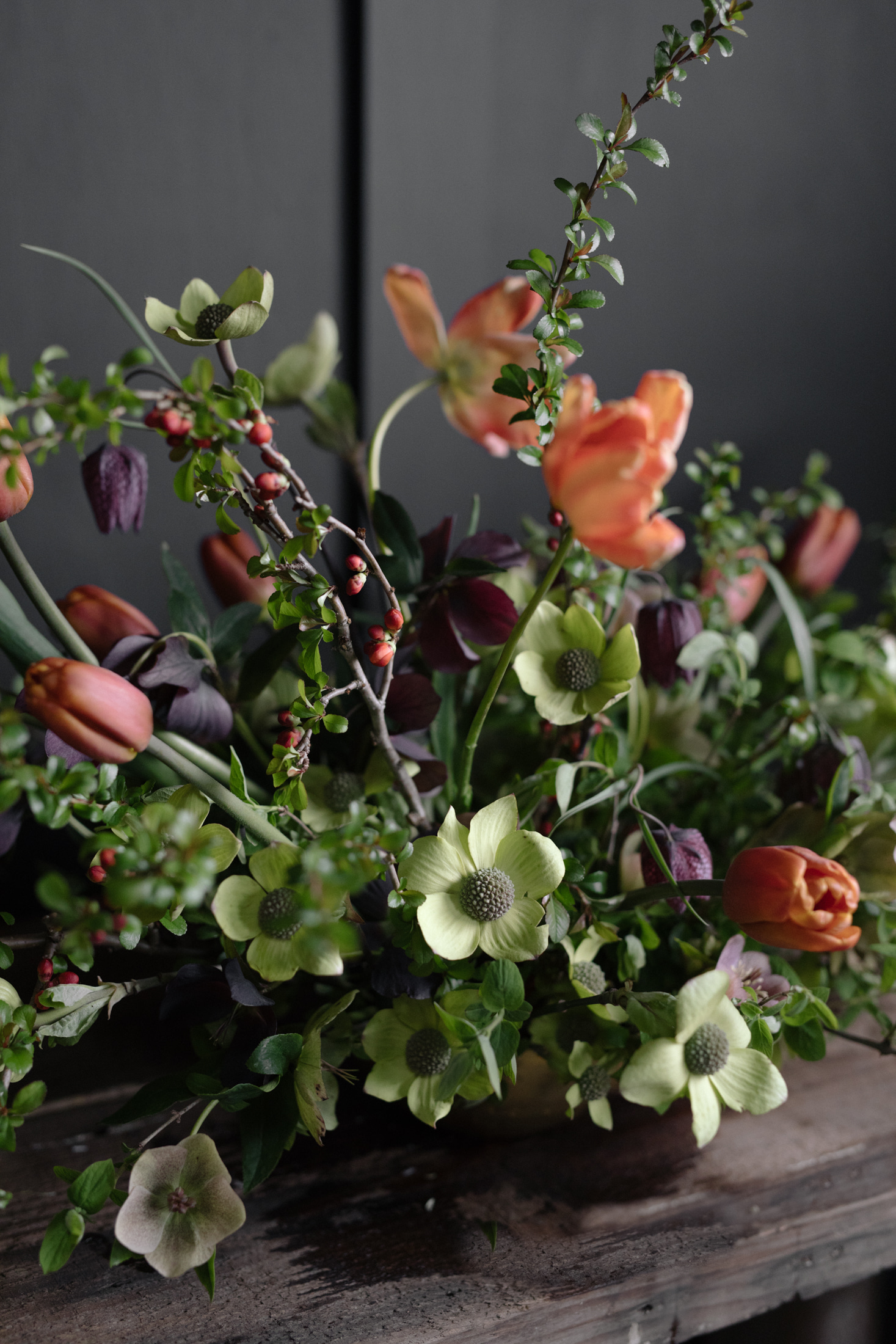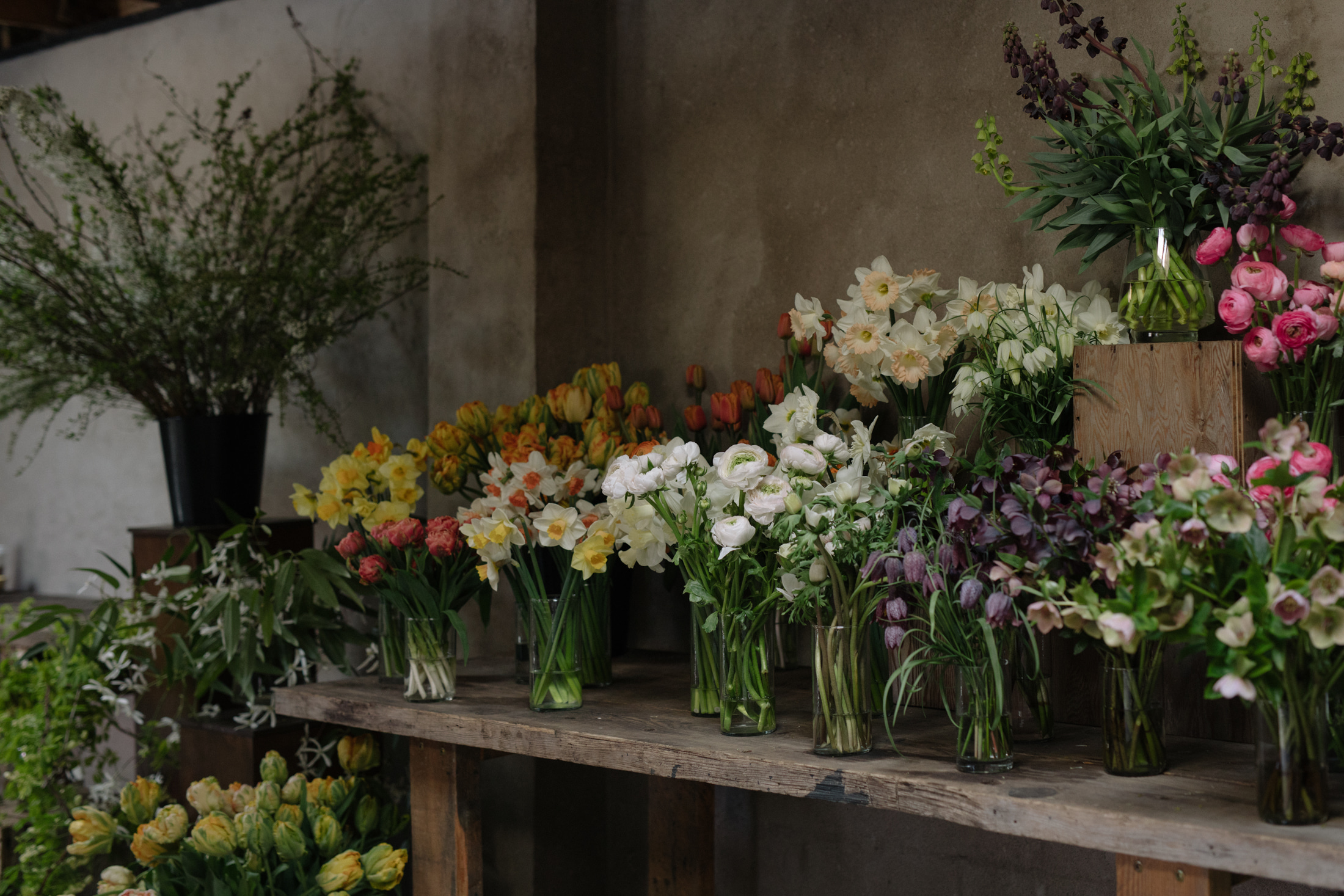I remember it like yesterday...staring down the length of one of my rows of cut flowers in the height of summer and feeling completely overwhelmed. I was overwhelmed by the weeds (OMG the weeds!), the dry, clay soil, the flowers, many of which looked weak and spindly. I took a deep breath and went to work, but I felt like a failure. I had to be honest with myself that I didn't really know what I was doing.
That was the first year I was growing flowers. Here I am 10 years later and the truth is, I still feel daunted at times. And I bet you've been there too, especially if you're just starting out or are contemplating growing flowers.
This is normal. Gardening, however large or small your garden is, is hard work. What's important is taking action, not getting caught up in distractions, and learning from your mistakes.
This year, my focus is on improving my fencing (so I'm not risking my investment to hungry deer), pre-mixing some foliar sprays for pests, disease and the general health of my plants (having them ready to go means I can get on top of things before they become a problem), and seeding new pathways with ground covers like micro clover so they don't get overtaken with weeds. For all of these tasks, I've created task lists and scheduled everything, and factored in all the existing maintenance I need to do as well. When I'm overwhelmed, I visit my lists, check things of, shuffle things around on the calendar, and get back to work.
Here are a few things to keep in mind if you too are feeling overwhelmed by either the garden you have, or the prospect of creating a cutting garden:
1. Most of your success will come down to good planning. This means a plan that looks forward 1 year (or, at least to the end of your growing season), then breaking down your tasks by month and by week, focussing on the tasks that are both important and urgent first (this could mean spending a half-day spent weeding and mulching so you only have minimal upkeep for the rest of the season).
2. Keep your garden simple. If you need your garden to be profitable and manageable in the short term, focus on a few easy-to-grow, high-demand, cut-and-come again flowers (think chocolate cosmos, Queen Lime zinnias, balloon vine, Cafe au Lait dahlias), and save the rest of your wishlist for future years. Remember that a lot of your time needs to go into soil building, weed management, composting, etc. - all the things that will help to have a great season next year. Make sure you balance your short-term efforts with long-term efforts.
3. Hone your skills in the absolute best organic gardening methods. Learning by trial and error is not something I recommend....I spent so much time and effort in the first few years just trying to figure things out and as a result I wasted a lot of that time and effort (and money!). Read up on foliar feeding, mulching, irrigation, etc...these are often the make or break skills for a garden enterprise. Read everything you can especially about how to support your soil. A quote from one of my favourite teachers can be helpful here:
"If you're in over your head, you haven't gone deep enough. Go deeper."
- Hiro Boga
It's 100% possible to have a garden that will produce lots of great flowers and not drive you crazy in the process. Make a plan, keep it manageable and realistic, and dive deep into the practice of gardening. And most importantly, don't let your sense of overwhelm hold you back. Take the first step, then the next. You've got this!















